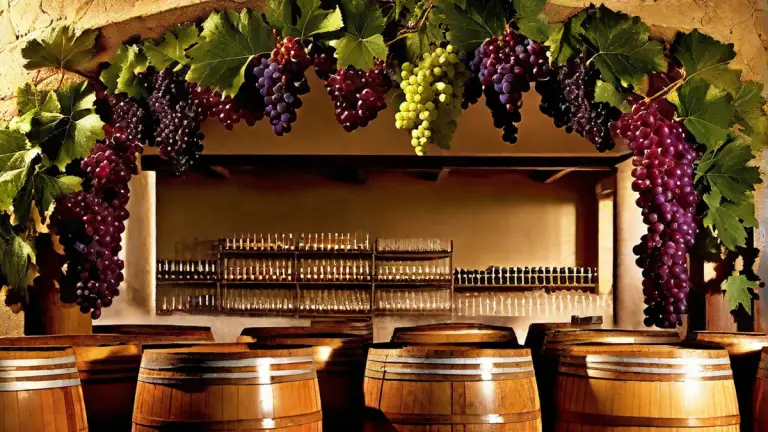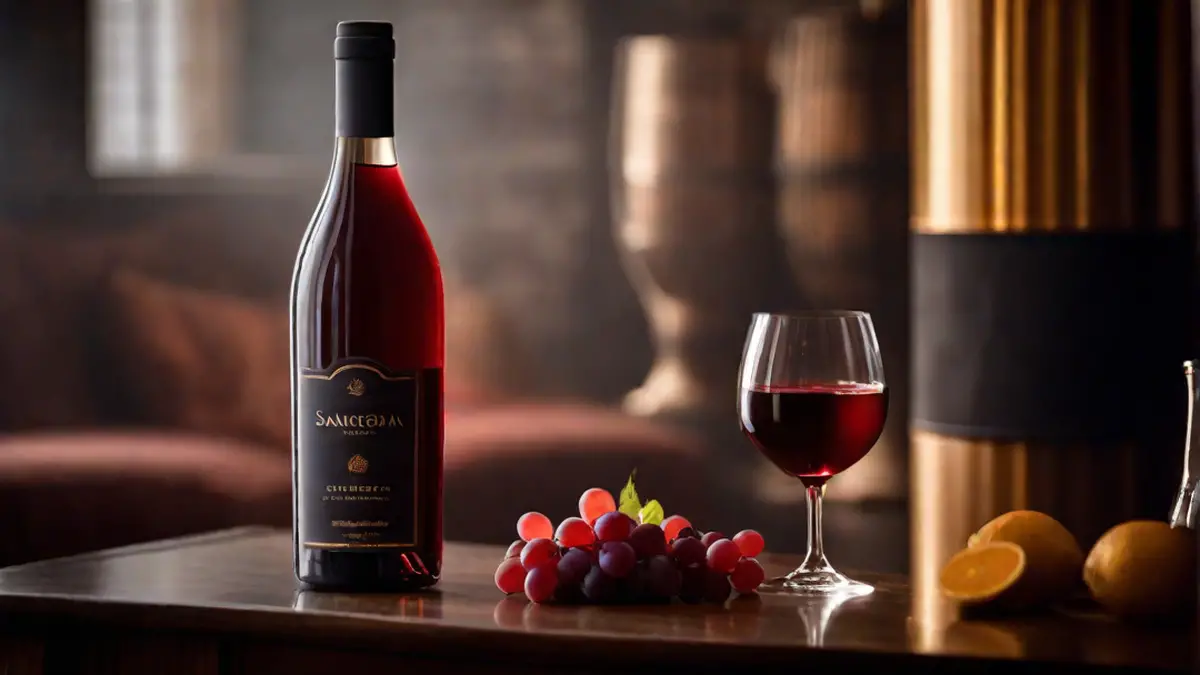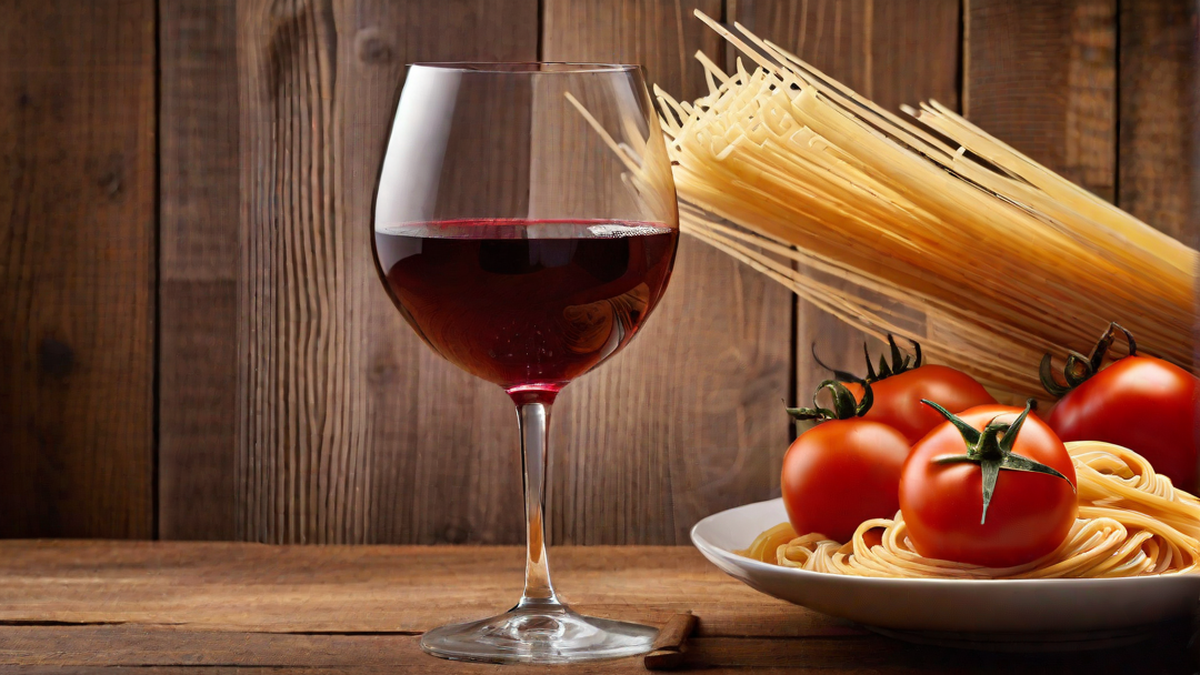In the winemaking universe, the fermentation of grapes plays a pivotal role. As someone deeply passionate about wine and its creation, I want to emphasize just how crucial this phase is for producing outstanding wines. It’s during fermentation that the real transformation occurs, converting simple grape juice into a complex and delightful beverage that delights the palate.
So, what exactly is fermentation? In simple terms, it is the conversion of sugar in the grape juice into alcohol by the action of yeast. Yeast is a microorganism that is naturally present on the grape skins, but winemakers often add specific strains of yeast to ensure a controlled and predictable fermentation process.
To initiate fermentation, the grape juice is transferred to a fermentation vessel. This vessel can vary from large stainless steel tanks in commercial wineries to small glass carboys for home winemakers like myself. The vessel must be clean and sanitized to create an optimal environment for the yeast to thrive.
Once the grape juice is in the fermentation vessel, the yeast feast on the sugar present in the juice and convert it into alcohol. This process generates heat and carbon dioxide as byproducts. To prevent the buildup of excessive pressure, winemakers often fit the fermentation vessel with an airlock, allowing the carbon dioxide to escape while preventing oxygen from entering.
The temperature during fermentation is crucial, as it can greatly influence the flavor profile of the resulting wine. Different yeast strains have different temperature preferences, and winemakers need to carefully monitor and control the fermentation temperature to achieve the desired outcome. For red wines, a slightly higher temperature is often desired to extract more color and tannins from the grape skins.
Fermentation typically takes anywhere from a few days to a few weeks, depending on various factors such as grape variety, yeast strain, and desired style of wine. During this time, the winemaker needs to monitor the progress of fermentation, checking the sugar levels and tasting the juice to determine when the fermentation is complete.
After fermentation is complete, the wine is typically separated from the grape solids through a process known as racking. This involves transferring the wine to a different vessel, leaving behind any sediment that has settled at the bottom. The wine is then aged in barrels or tanks to develop further complexity and character.
As a winemaker, I find the process of fermenting grapes to be both fascinating and rewarding. It requires patience, attention to detail, and a deep understanding of the science behind winemaking. But the end result is a beautiful wine that reflects the unique characteristics of the grapes and the skill of the winemaker.
So, the next time you enjoy a glass of wine, take a moment to appreciate the artistry and science that went into fermenting those grapes. It truly is a labor of love that brings pleasure to both the winemaker and the wine enthusiast.




